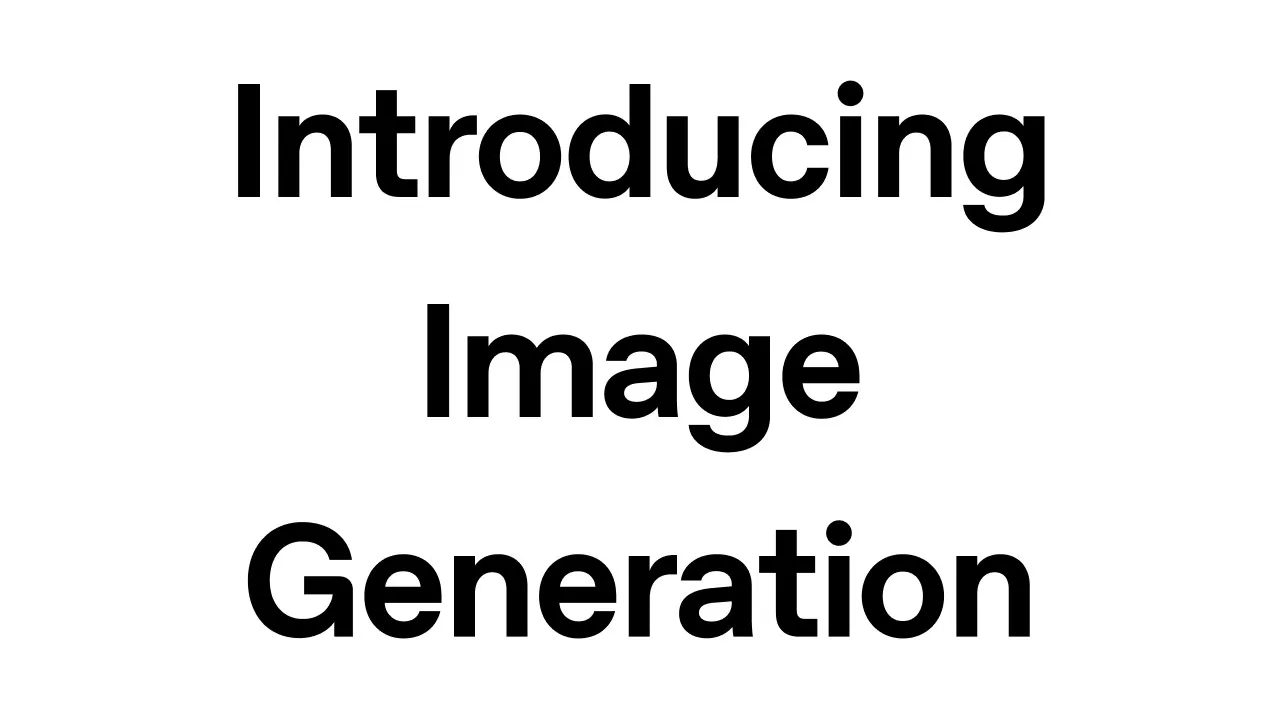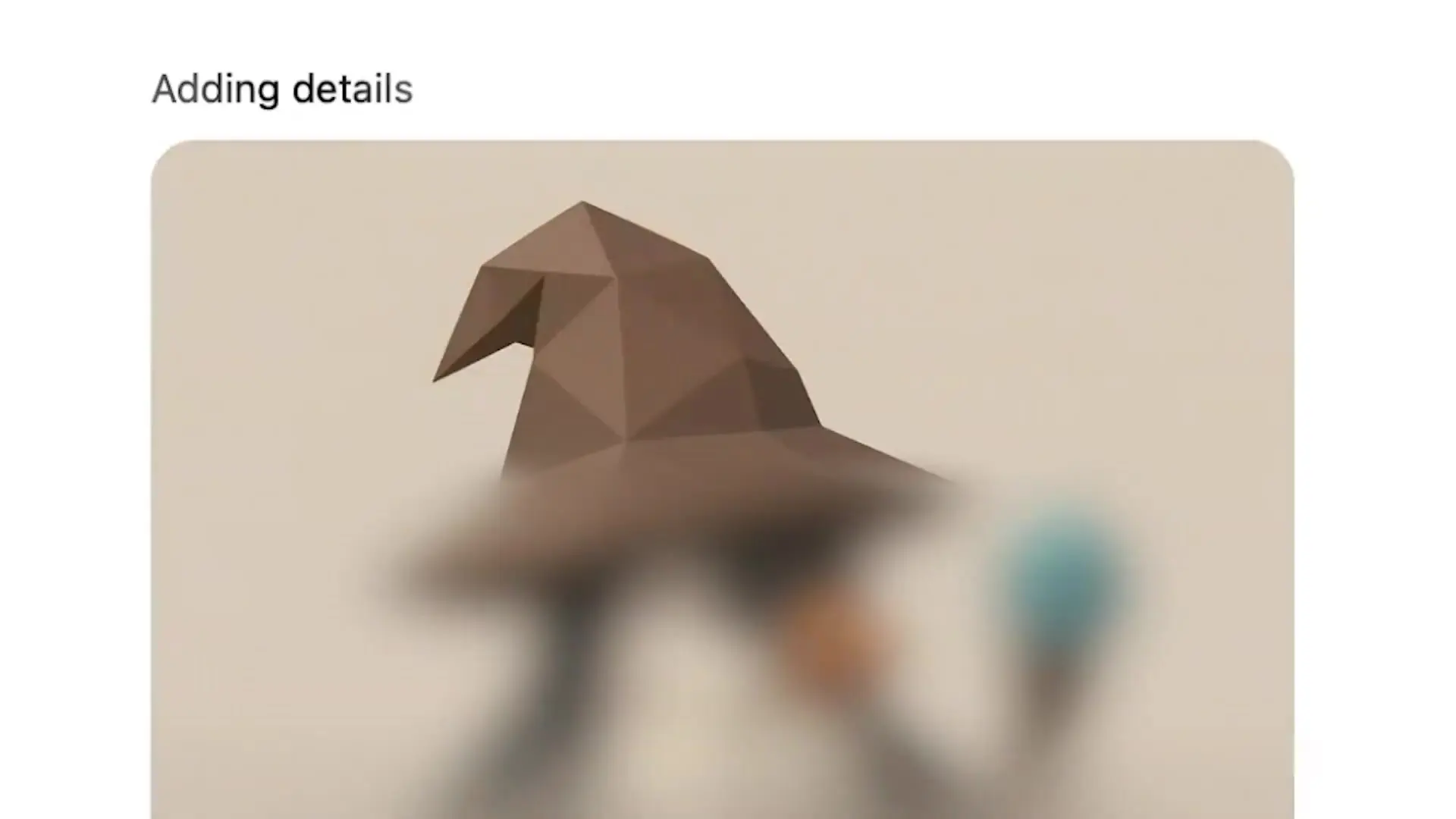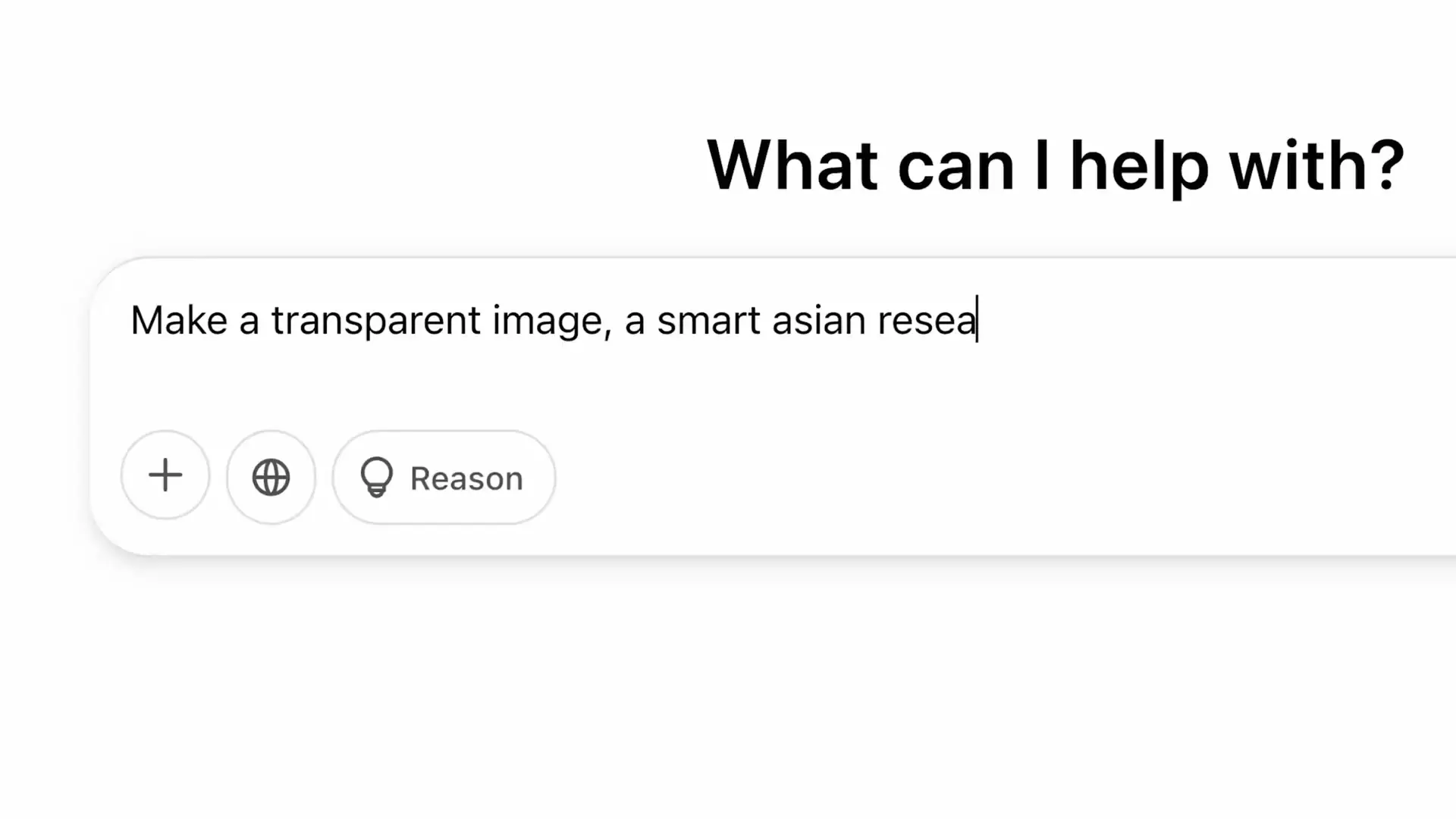
The world of AI-powered image generation has taken a significant leap forward with OpenAI's integration of native image generation capabilities into GPT-4o. This advancement isn't just another incremental improvement in AI technology—it represents a fundamental shift in how we interact with and utilize visual AI tools.
The Revolutionary Context Awareness of GPT-4o Image Generation
What sets GPT-4o image generation apart from previous models is its remarkable ability to maintain context throughout a conversation. Unlike traditional image generators that treat each prompt as an isolated request, GPT-4o remembers characters, scenes, and concepts discussed earlier in your conversation.

This context awareness means you can have an extended conversation about a character or scene, refining details through natural dialogue, before requesting a visual representation. The model will incorporate all the contextual nuances discussed, not just the final prompt.
Precise Detail Control and Interpretation
The second revolutionary aspect of GPT-4o's image generation is its unprecedented understanding of what users are actually requesting. The model excels at interpreting complex, nuanced prompts with multiple requirements and constraints.

For example, users can request images with specific styles (like comic book art or Studio Ghibli aesthetics), particular character attributes, transparent backgrounds, or complex scene compositions—all in natural language. The model interprets these requests with remarkable accuracy, often capturing subtle details that previous generation models would miss.
Seamless Integration with Conversational AI
Perhaps the most transformative aspect of OpenAI's approach is how GPT-4o integrates image generation directly into the conversational flow. Users no longer need to switch between different tools or learn specialized prompt engineering techniques.
- Start with a normal conversation in ChatGPT
- Develop ideas, characters, or concepts through dialogue
- Simply ask for an image when you're ready
- Refine the image through further conversation
- Seamlessly alternate between text and image generation
This integration creates what one might call a "conversational artist" experience, where the AI acts as both a creative partner in developing ideas and a skilled artist in visualizing them.
Technical Capabilities and Limitations
The OpenAI GPT-4o image generation API represents a significant advancement in multimodal AI capabilities. While OpenAI hasn't disclosed all technical details, the model demonstrates several key capabilities:
- Multimodal understanding that bridges text and visual domains
- Ability to generate images in various artistic styles and aesthetics
- Support for transparent backgrounds and complex compositions
- Watermarking technology being tested to address authenticity concerns
- Integration with the broader GPT-4o architecture for context awareness
Despite these impressive capabilities, users should be aware of certain limitations. OpenAI has implemented various safeguards and content policies that restrict certain types of image generation. Additionally, while pricing details are still evolving, the GPT-4o image generation API cost structure will likely follow OpenAI's tiered approach based on resolution and usage volume.
Practical Applications of GPT-4o Image Generation
The integration of native image generation into GPT-4o opens up numerous practical applications across various fields:
- Content creation: Quickly generate custom illustrations for articles, blog posts, and social media
- Product design: Visualize concepts and iterations during the ideation phase
- Education: Create visual aids and explanatory graphics for complex concepts
- Marketing: Develop consistent visual branding assets and campaign materials
- Game development: Generate character concepts and environment designs
- UX/UI design: Visualize interface elements and user flows
The ability to generate images through conversation makes these applications more accessible to non-technical users who may have previously been intimidated by specialized design tools or complex prompt engineering.
The Future of Conversational Image Generation
OpenAI's addition of native image generation to GPT-4o represents just the beginning of a new paradigm in human-AI creative collaboration. As the technology evolves, we can expect several developments:
- Even greater precision and control over generated images
- Expanded stylistic capabilities and aesthetic options
- Integration with other creative tools and workflows
- More sophisticated handling of complex scenes and compositions
- Enhanced ability to generate images that align with brand guidelines and style requirements
The excitement surrounding GPT-4o's image generation capabilities stems from its potential to democratize visual creation. As one observer noted in the transcript, "A picture is worth a thousand words, but being able to also render like a few words or symbols can carry like thousands of pictures." This bidirectional relationship between text and image represents a new frontier in AI-assisted communication.
Getting Started with GPT-4o Image Generation
For those eager to explore GPT-4o's image generation capabilities, here's how to get started:
- Access ChatGPT with GPT-4o capabilities (requires appropriate subscription level)
- Begin with a conversation about what you want to create
- Provide details about style, mood, characters, and composition
- When ready, ask for an image generation with a clear prompt
- Refine the result through further conversation if needed
For developers interested in integrating this technology into their applications, the OpenAI API documentation provides details on accessing GPT-4o image generation capabilities programmatically. Azure OpenAI Service also offers GPT-4o image generation for enterprise applications with additional security and compliance features.
Conclusion: A New Era of Visual Communication
OpenAI's GPT-4o image generation represents more than just a technical achievement—it's a transformation in how we think about and create visual content. By embedding image creation capabilities within a conversational interface, OpenAI has made sophisticated visual AI accessible to everyone from professional designers to casual users.
As this technology continues to evolve, we can expect it to fundamentally change creative workflows across industries, enabling faster ideation, more efficient communication, and new forms of visual expression that blend human creativity with AI capabilities. The excitement around this technology is well-justified—it truly does feel like magic, even after seeing it for the hundredth time.
Let's Watch!
GPT-4o Image Generation: How OpenAI's Latest Model Transforms Visual AI
Ready to enhance your neural network?
Access our quantum knowledge cores and upgrade your programming abilities.
Initialize Training Sequence